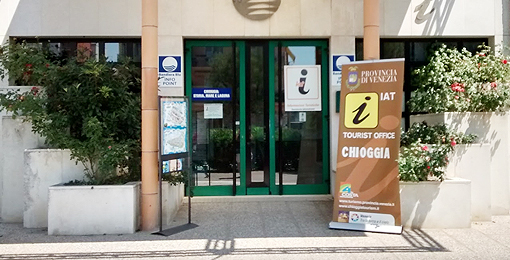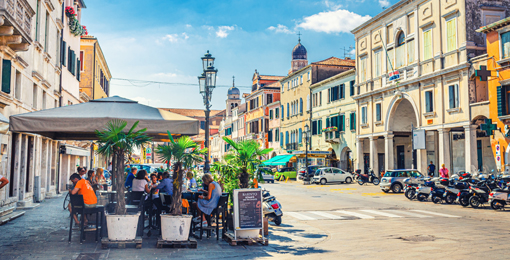Chioggia is separated from the sea by the long beach of Lido di Sottomarina, which goes from the mouth of the port of San Felice to the mouth of the river Brenta.
The shape of the city is so particular that it has attracted the attention of numerous scholars, so much so that it is considered a historical link with the sea and fishing: in fact, seen from above, Chioggia seems to have a fishbone design, where the vertical lines of the canals intertwine with the horizontal lines of the calli, in a "herringbone" shape.
Chioggia is an artificial island: initially it was a peninsula, but in the mid 1500s, to defend the second city of its territory, the Serenissima dug the Cava canal, which today is crossed by a 43-arch bridge from where you may admire the sea and enjoy the extraordinary panorama of the city.
Not only is the centre of Chioggia of ancient origins, but also Sottomarina.
Sottomarina is divided into two areas: in the "new" part there are the bathing huts that line the long beach of fine sand, while in the "old" part it traces its origins to the seventh century, when it was called "Clodia Minor".
The old part of Sottomarina is an ancient fishing village rich in history and traditions, and heavy with the atmosphere of Venice and people of nearby Chioggia.
Protected from the sea by the long, ancient Murazzi dam built by Venice for its protection, Sottomarina underwent numerous invasions during the war between the Serenissima and Genoa, traces of which can still be found in the Fort of San Felice.


















